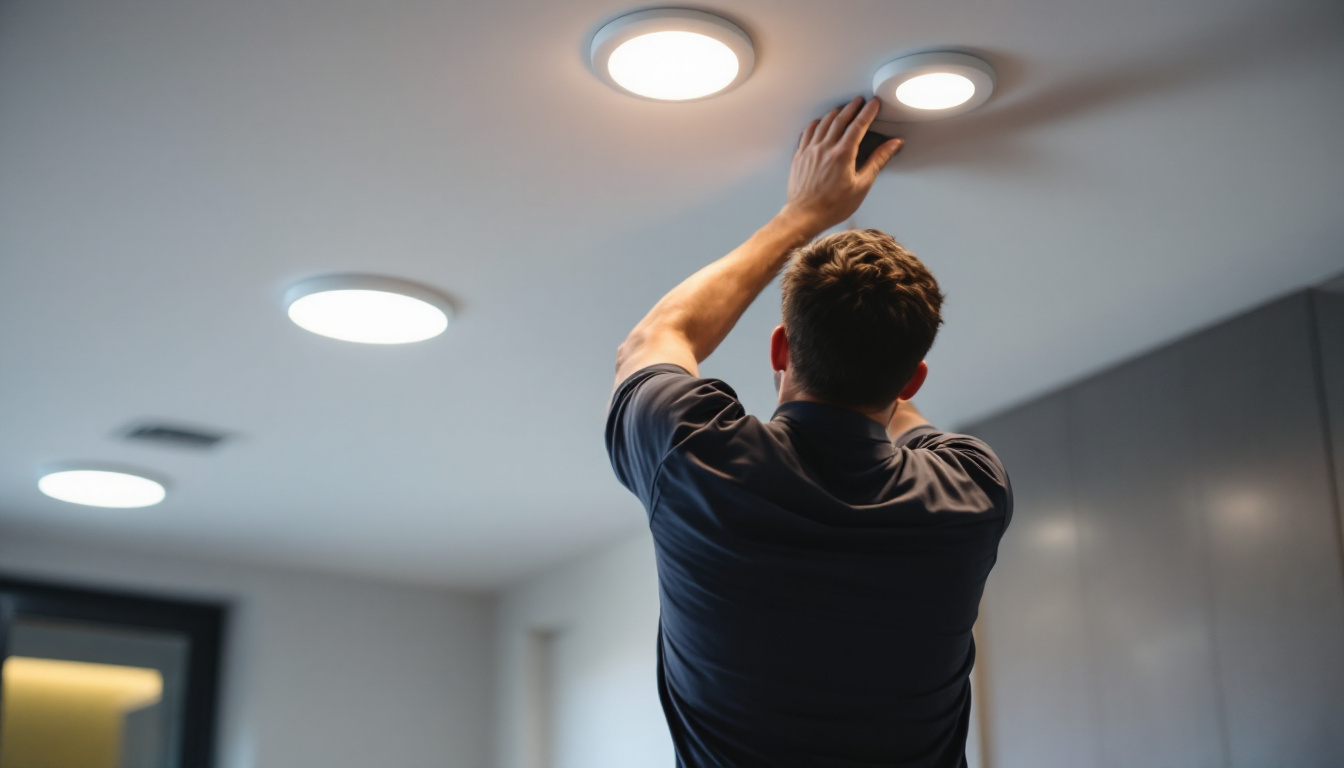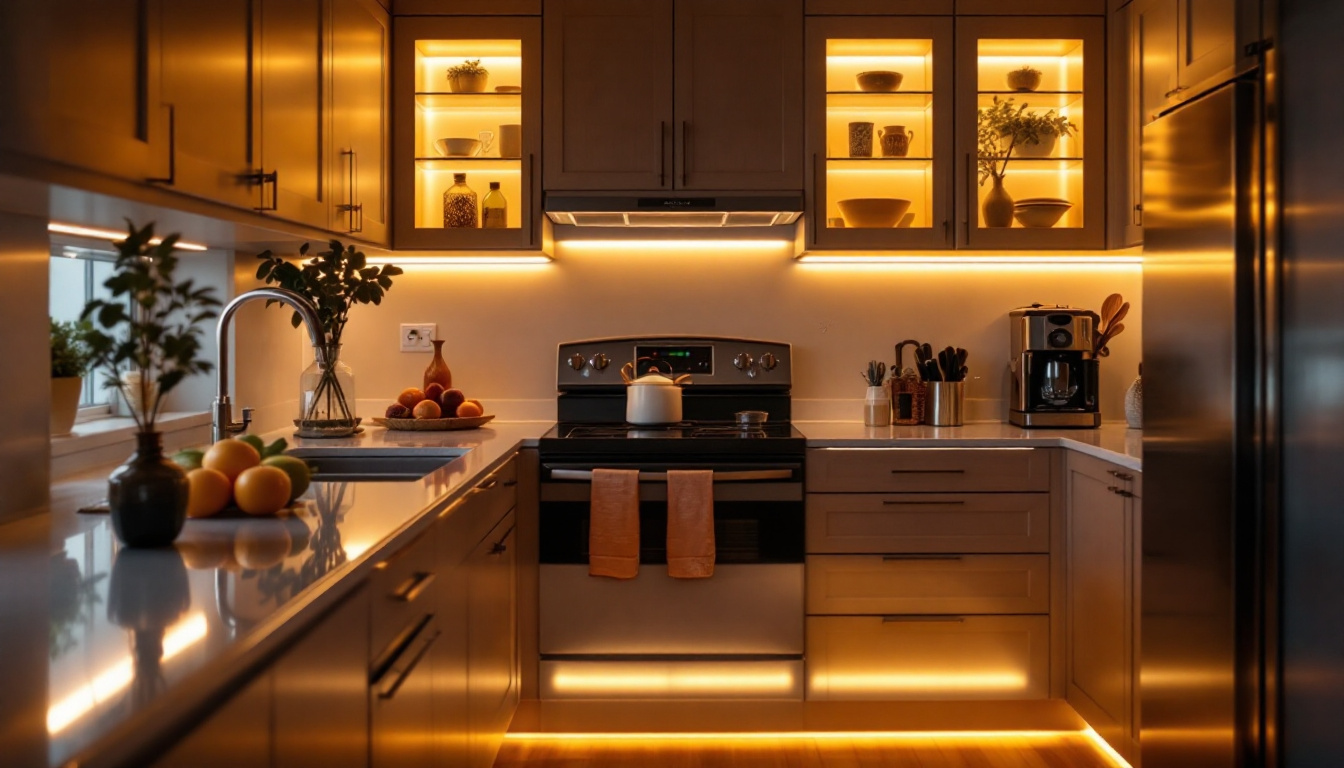
Pendant lighting has become an essential element in modern interior design, offering both functionality and aesthetic appeal. For lighting contractors, understanding the nuances of pendant selection is crucial to meet client expectations and enhance the overall ambiance of a space. This article provides expert advice on selecting the right pendant lights, ensuring that contractors can make informed decisions that align with both style and practicality.
Pendant lights are versatile fixtures that hang from the ceiling, typically suspended by a cord, chain, or rod. They come in various styles, sizes, and materials, making them suitable for different applications—from residential kitchens to commercial spaces. Understanding the different types of pendant lights and their purposes is the first step for contractors when advising clients.
There are several types of pendant lights, each serving unique purposes. Some of the most common types include:
Pendant lights can be utilized in various settings, each offering distinct benefits. In residential spaces, they can enhance the kitchen, dining area, or entryway. In commercial environments, they serve both functional and decorative purposes, contributing to the establishment’s branding and atmosphere.
Moreover, pendant lights can be strategically placed to highlight specific areas, such as artwork or architectural features, creating a layered lighting effect that adds depth to the overall design. For instance, a well-placed pendant can draw attention to a beautifully framed painting or an intricate ceiling design, transforming an ordinary room into a visually captivating space.
In addition to their aesthetic appeal, pendant lights also offer practical benefits. They can be adjusted in height to suit different needs, whether it’s providing ambient light for a cozy dinner or bright task lighting for meal preparation. Furthermore, with advancements in LED technology, many pendant lights now offer energy-efficient options that not only reduce electricity costs but also have a longer lifespan, making them a sustainable choice for both homeowners and businesses alike.
Selecting the appropriate pendant light involves considering several factors, including style, size, and functionality. Each of these elements plays a significant role in ensuring that the chosen fixture complements the space and meets the client’s needs.
The style of the pendant light should align with the overall design theme of the space. Whether the aesthetic is modern, industrial, rustic, or traditional, there are pendant options available that can enhance the intended look. For example, sleek metal finishes may suit a contemporary kitchen, while a vintage glass pendant may be more appropriate for a farmhouse-style dining area.
Contractors should also consider the color palette of the room. Pendant lights can serve as statement pieces or subtle accents, so choosing a color that either contrasts or complements the existing decor is vital. A bold, vibrant hue can add a pop of color and energy to a neutral space, while softer, muted tones can create a calming ambiance. Furthermore, the material of the pendant—whether it be wood, glass, or metal—can evoke different feelings and should be chosen with care to ensure it resonates with the desired atmosphere of the room.
Size is another critical factor when selecting pendant lights. A fixture that is too small may get lost in a large room, while one that is too large can overwhelm a smaller space. To determine the right size, contractors can use a simple formula: add the room’s dimensions (in feet) together and convert that number to inches. This will provide a guideline for the ideal diameter of the pendant light.
Additionally, consider the height at which the pendant will hang. In dining areas, for instance, pendants should typically be hung 30 to 36 inches above the table to provide adequate illumination without obstructing views. It’s also essential to think about the scale of the pendant relative to other elements in the room. For instance, if there are multiple pendant lights, their arrangement should create a harmonious visual flow, ensuring that they don’t compete with one another or with other focal points in the space.
Moreover, the function of the pendant light can influence its size and placement. In a workspace, a larger pendant with a focused beam may be ideal for task lighting, while in a living area, a cluster of smaller pendants can create a cozy, inviting atmosphere. The interplay of light and shadow produced by the design of the fixture can also enhance the overall aesthetic, adding depth and dimension to the room.
Beyond aesthetics, the functionality of pendant lights is paramount. Understanding the specific lighting needs of the space will guide contractors in selecting the right fixture. For instance, the height at which pendant lights are hung can significantly influence both their effectiveness and visual appeal. In dining areas, hanging the lights at a lower height can create an intimate atmosphere, while in high-ceilinged spaces, a cluster of pendant lights can draw the eye upward, enhancing the room’s overall design.
The type of bulb used in pendant lights can greatly affect the ambiance of a room. LED bulbs are popular due to their energy efficiency and longevity, while incandescent bulbs offer a warm glow that many clients prefer. Contractors should discuss the pros and cons of each type with their clients to ensure they select the best option for their needs. Additionally, newer technologies such as smart bulbs can provide even more versatility, allowing users to change colors and brightness levels through an app or voice command, which can be particularly appealing for modern homes.
Brightness is also an important consideration. For task-oriented areas like kitchens, brighter lighting may be necessary, while softer lighting may be more suitable for living areas or bedrooms. Dimming options can also be explored, allowing clients to adjust the light levels according to their preferences. This flexibility can be especially beneficial in multi-functional spaces where the lighting needs may shift throughout the day or during different activities, such as cooking, entertaining, or relaxing.
Proper installation of pendant lights is essential for both safety and functionality. Contractors should ensure that the fixture is securely mounted and that the wiring is up to code. Additionally, it’s important to consider accessibility for bulb replacement and cleaning. Fixtures that are difficult to reach may lead to maintenance challenges down the line. In some cases, utilizing adjustable cables or pulleys can make it easier to access pendant lights, especially in high or awkwardly positioned areas.
Educating clients on how to care for their pendant lights can also enhance their longevity. Simple maintenance tips, such as using a soft cloth for cleaning and checking for loose connections, can keep the fixtures looking their best. Moreover, discussing the materials of the pendant lights can help clients understand how to maintain them; for example, glass fixtures may require more delicate handling compared to metal ones, which might be more durable but could show fingerprints and smudges more easily. Regular maintenance not only preserves the aesthetic appeal but also ensures that the lighting remains effective and safe over time.
Staying updated with the latest trends in pendant lighting can provide contractors with a competitive edge. As design preferences evolve, so do the styles and functionalities of pendant fixtures.
With a growing emphasis on sustainability, many clients are seeking eco-friendly lighting solutions. Pendant lights made from recycled materials or those that utilize energy-efficient bulbs are increasingly popular. Contractors should familiarize themselves with manufacturers who prioritize sustainable practices, as this can be a selling point for environmentally conscious clients.
The integration of smart technology into pendant lighting is another trend gaining traction. Smart pendants can be controlled via smartphones or voice-activated devices, allowing users to adjust brightness, color temperature, and even set schedules. Contractors should consider recommending smart options to clients looking for modern, tech-savvy solutions.
When advising clients on pendant lighting, budget is often a significant factor. Understanding the range of options available at different price points can help contractors provide suitable recommendations.
Pendant lights vary widely in cost, influenced by factors such as design complexity, materials used, and brand reputation. Contractors should be prepared to present a range of options that meet the client’s budget while still fulfilling their aesthetic and functional requirements.
It’s also important to consider the long-term costs associated with lighting. While cheaper fixtures may save money upfront, they may not offer the same durability or energy efficiency as higher-quality options. Educating clients on the value of investing in quality lighting can lead to more informed decisions.
In addition to the cost of the fixtures themselves, contractors should provide clients with a clear understanding of installation costs. Factors such as the complexity of the installation, the need for additional electrical work, and the time required to complete the project can all impact the final price.
Providing a detailed estimate that breaks down these costs can help clients feel more comfortable with their investment and avoid any surprises later on.
Choosing the right pendant lighting is a multifaceted process that requires careful consideration of style, size, functionality, and budget. For lighting contractors, being equipped with expert knowledge and understanding the latest trends can significantly enhance their ability to serve clients effectively.
By guiding clients through the selection process, from understanding the types of pendants available to discussing installation and maintenance, contractors can ensure that the final choice not only meets aesthetic goals but also fulfills practical needs. As pendant lighting continues to evolve, staying informed and adaptable will enable contractors to thrive in a competitive market.
Ready to elevate your lighting projects with the finest pendant lights on the market? Look no further than LumenWholesale, where we provide lighting contractors with an exceptional range of high-quality, spec-grade lighting products at unbeatable wholesale prices. Say goodbye to local distributor markups and hello to superior lighting solutions that meet the highest industry standards. With our commitment to reliability and performance, plus the convenience of free shipping on bulk orders, you can trust that you’re getting premium lighting at the best value. Don’t compromise on quality or cost. Visit LumenWholesale today and discover the perfect blend of quality, affordability, and convenience for all your lighting needs.

Discover why staying updated on 2 LED recessed lighting is crucial for lighting contractors.

Discover how motion-activated outdoor lights are revolutionizing the lighting industry, offering contractors a competitive edge with energy efficiency, enhanced security, and innovative technology.

Discover how recessed ceiling can lights can transform your lighting business.

Discover how LED strip under cabinet lighting is revolutionizing the workflow for lighting contractors.